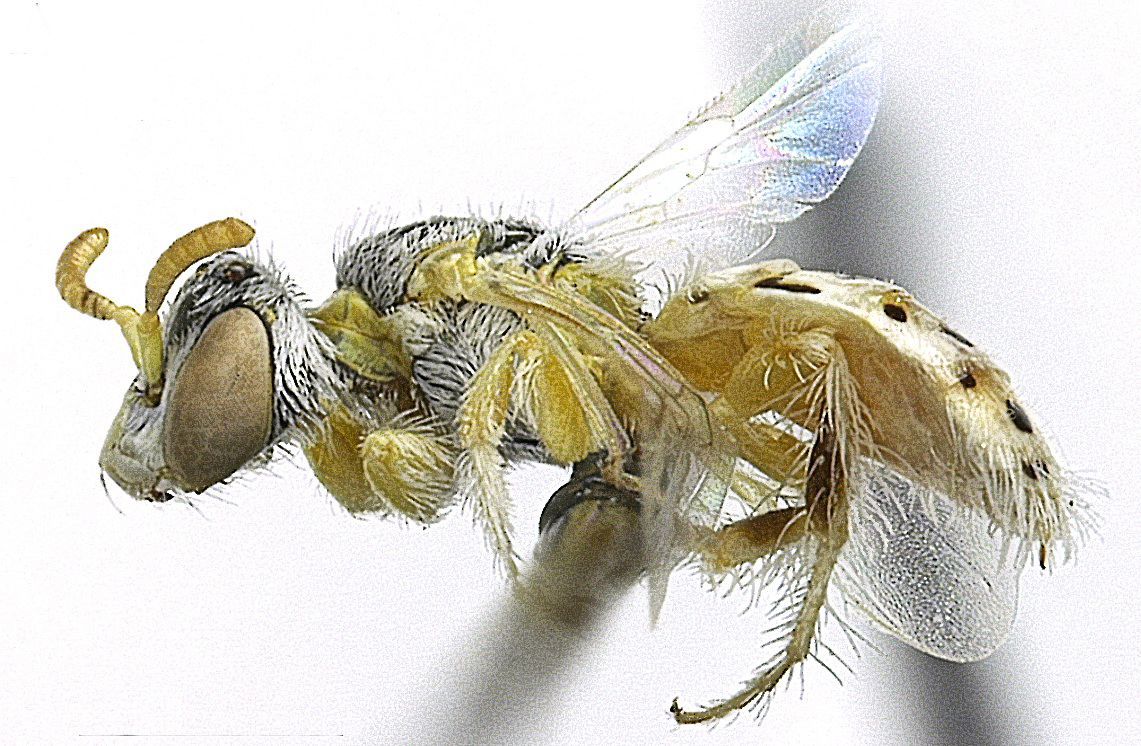TAKAMATSU--A tiny species of snail previously known only in the fossil record is not extinct after all.
The creature still thrives on Shikoku island in western Japan.
Shigefumi Yano, a retired high school teacher and snail enthusiast,
made the startling discovery after asking himself whether it was
possible the species had survived.
The creature in question is Awalycaeus yanoshokoae, a minuscule snail
with a shell just 4 millimeters in diameter. It is a member of the
subfamily Alycaeinae. The species was only known in fossilized remains
from 33,000 years ago in sedimentary layers in a Sarudado limestone cave
located on a hillside in Hidaka, Kochi Prefecture.
Yano, who is 65 and a resident of Kanonji, Kagawa Prefecture, started
poking around the local cave after reading an article in 2012 about the
snail fossils discovered there.
“Whether they were still living there was a gamble since the species
in the Sarudado cave was known only through fossils,” Yano said. “I was
thrilled when I actually found them.”
“Since fossils of contemporary species were found alongside the snail
fossils, I thought that just maybe this snail hadn’t become extinct,
either,” he said.
With his wife Shoko, 60, Yano started investigating in January 2014.
Yano theorized that if the mollusk species still existed, it would be
found along layers of limestone around the Sarudado cave. He pored over
local geological maps to pinpoint limestone sediment in the area and
headed two months later to sites he had identified.
But the task he set himself was like finding a needle in a haystack.
The couple scoured mountain slopes for hours on end, to no avail.
Yano was on the verge of giving up when Shoko came across an Awalycaeus
shell.-
read more
 An underwater photographer has stumbled upon a new species of hermit crab with legs and pincers striped like candy canes.
An underwater photographer has stumbled upon a new species of hermit crab with legs and pincers striped like candy canes.





